1- Animals of the world
1.1- Animals
The natural world is resplendent with beautiful animals that reveal the wonders of evolution. They take many shapes and forms and come in a great diversity of sizes, from microscopic to the 30m long blue whale!
The world is a wonderful place, filled with millions of unique animal species most of us have never even heard of.
How many animals of all kinds there are in the World?
Unfortunately, that question doesn't have an easy answer. Scientists who have tried to answer it have only been able to come up with rough estimates that have a wide margin of error. They estimated that planet Earth has approximately 8.7 million species.
Below, read about six fantastic animals around the world.
1.2- Cheetah
Cheetahs are the fastest mammals on the earth, and they can go from 0-60mph in 3 seconds. In addition, cheetahs are carnivores, and feed mostly on smaller antelope like springbok, steenbok, Thomson’s gazelle, and the duiker antelope. After a chase, a cheetah can't eat its prey right away. It needs half an hour to catch its breath before it can eat. The cheetah's excellent eyesight can help it find prey during the day. The cheetah is hard to see because its spotted coat blends well with the tall, dry grass of the plains. Cheetahs can be found in sub-Saharan Africa and Iran.
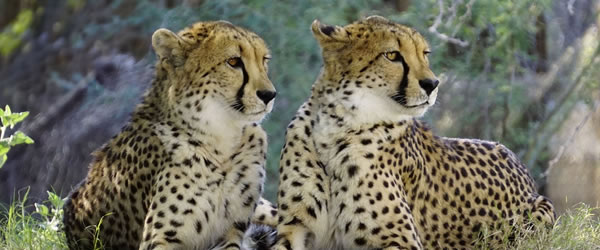
1.3- Kangaroo
These marsupials have strong hind legs, and gray kangaroos can hop over 35 miles per hour. A newborn kangaroo is tiny (think: size of a cherry) and immediately climbs into its mother’s pouch where it stays for 10-11 months before emerging as a ‘joey’. A newborn can’t suckle or swallow, so the kangaroo mum uses her muscles to pump milk down its throat. You can only see Kangaroos in Australia where they live in small groups called troops or herds.

1.4- Polar Bears
Polar bears live in one of the coldest environments, the Arctic. These are seriously big bears; adult polar bears can measure over 2.5m long and weigh around 680kg. They have an incredible sense of smell which they use to track their favorite grub. In fact, their sense of smell is so good, they can sniff out prey from up to 16 km away! Unlike other bears, Polar bears do not hibernate so they can hunt year-round. Although they are good swimmers, they can't swim fast enough to reliably catch seals in open water, so they depend on the ice as a hunting platform.
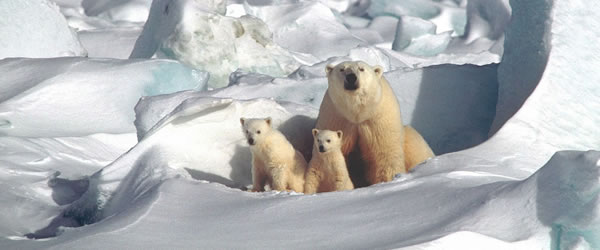
1.5- Ostrich
The ostrich is the tallest and the heaviest of all birds. It is unlike other birds because it can't fly; instead, it runs. Ostriches can run just over 40 miles (64 kilometers) an hour for a short distance and can keep up a speed of more than 30 miles (48 kilometers) an hour over long distances. The ostrich uses its short wings for balance, holding them outstretched when it runs. Their strong legs can be used for self-defense. An ostrich will kick with a force mighty enough to kill a lion.
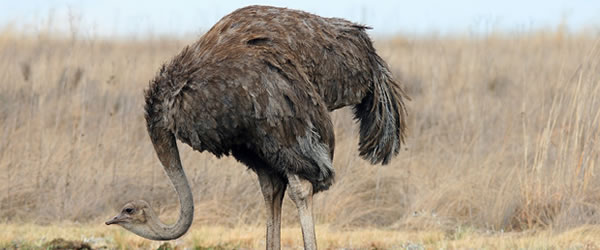
1.6- Penguins
Penguins are birds that can't fly through the air, but they can soar under water. They can swim up to 20 miles per hour! They live mostly in Antarctica, South America, South Africa, New Zealand, and the Galapagos Islands. Penguins are carnivores; they can eat fish, squid, krill, shrimp and other crustaceans, and they can even drink sea water. The largest penguins are the Emperor Penguins which can grow to be 3ft 7 inches tall and weigh up to 75 pounds and only live in Antarctica.
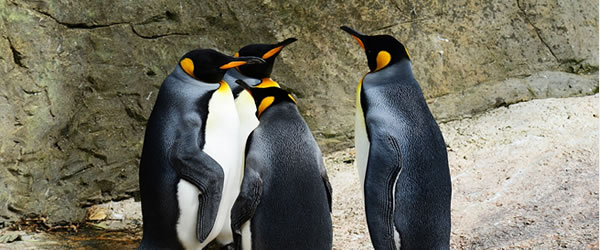
1.7- Great White Shark
Great white sharks are the largest predatory sea creatures. They can be found in cool, coastal waters around the world including California, the Northeast, and South Africa. When a great white gives birth, she can usually birth two to ten youngsters, called “pups”. But all of her "pups" can't survive; their mother shows no care for her offspring. In fact, she might even try to eat them! By taking care of themselves, the newborn pups can immediately swim off into the ocean.
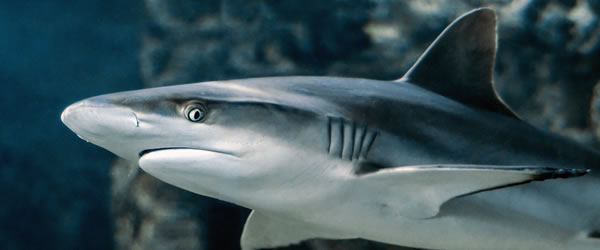
2- Can verb
We use can to say that something is possible, allowed, or to state that somebody has the ability to do something.
We use can + infinitive verb. (can do, can see)
We use can with all subjects. This doesn’t change (I can, you can, he can)
Usamos can para decir que algo es posible o permitido. También para indicar que alguien tiene la habilidad de hacer algo. Usamos can con todos los sujetos, este no cambia.
Example:
She can draw really good pictures
Philip can run faster than Matt
2.1- Negative form:
The negative form is can’t, this is the contraction of cannot. We don't use don’t/doesn’t/didn’t with can.
We use: subject + can + not + infinitive verb
Mom says I can't play video games in my room.
You can’t go out at night because it is dangerous.
2.2- Question form:
In questions, the subject changes the place with can. We don't use do/does/did.
We use: Can + subject + infinitive verb
Can you ride a bike?
Can you help me with my homework?
2.3- Past form:
The past form of can is “could” in affirmative sentences and “couldn’t” (could not) in negative sentences. This form doesn’t change with different subjects.
My grandfather travelled a lot. He could speak five languages.
He couldn’t go to the concert because he was late.

